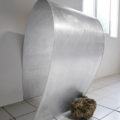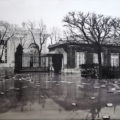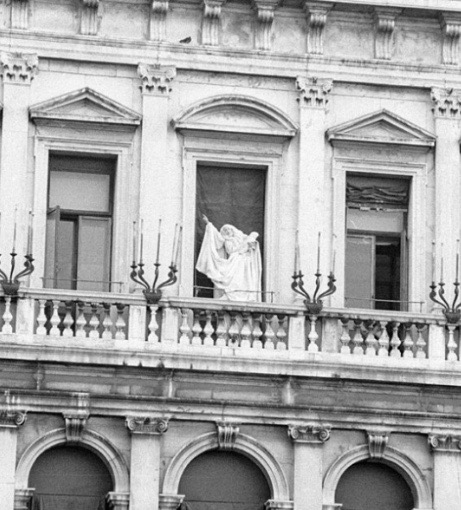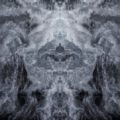Pier Paolo Calzolari at kamel mennour Gallery
“The choice of a free expression generates a poor art, linked to contingency, to the event, to the present, to the anthropological conception, to the “real” man (Marx). It is a new attitude that pushes the artist to move, to constantly avoid the conventional role, the clichés that society attributes to him to regain possession of a “reality” that is the true kingdom of his being” (1). That’s how art critic Germano Celant talks about Arte Povera, an artistic movement born in Italy in the late 1960s, of which artist Pier Paolo Calzolari, currently presented at the kamel mennour Gallery, was one of the leading figures.
The artist’s second solo exhibition at kamel mennour, “Ensemble” brings together about ten works, produced between 1968 and 2015, from the beginnings of Arte Povera to the present day, from youth to maturity. The kamel mennour gallery offers a broad vision, which highlights the great unity of a work where the same materials, the same themes, the same obsessions keep reappearing, all in a great formal variety, from painting to installation, from installation to performance. With the help of a “poor” vocabulary (fabric, nuts, water, salt, wood, lead, copper, iron, tin…), the artist forms works of bewitching poetry.
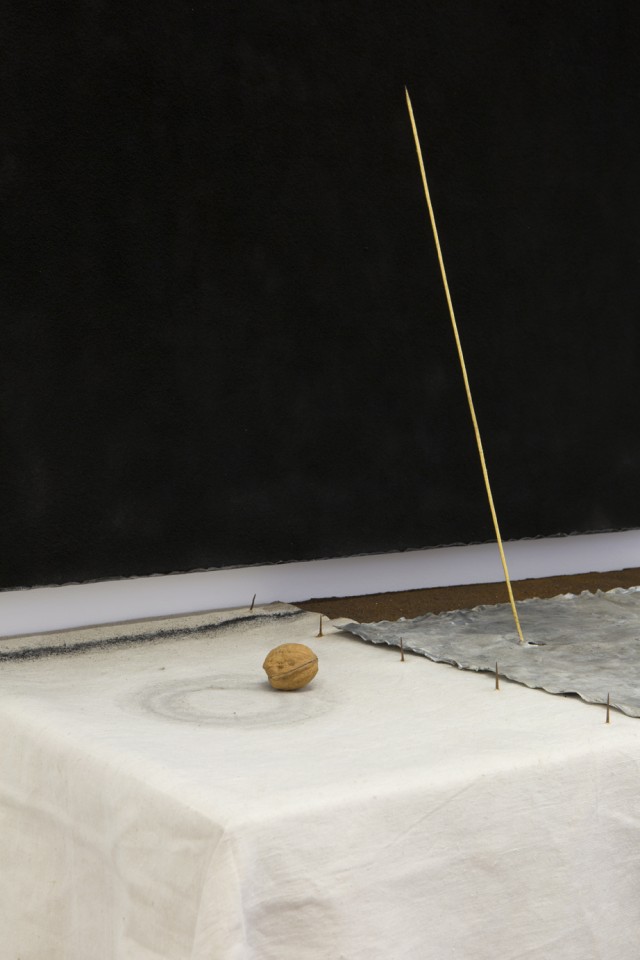
This poetry is a dream. This is a work that requires total immersion, a disturbing acceptance of loss of control, a humble – and exciting – acceptance of the non-rational. Pure evocative presences, invitations to an inner journey, the proposed works are as many meditation supports, and some – such as Untitled, 1987-2007, or Untitled, 1990 – do not hide their esoteric character. Ibn’Arabi took the image of the bark and the nucleus to differentiate exotericism and esotericism from the same doctrine. The nucleus would be the essence of the doctrine, inaccessible to the uninitiated condemned to settle for the bark, much easier to access. In Pier Paolo Calzolari’s work, the bark itself seems inaccessible, incomprehensible, and I think this is all its interest. There is nothing worse in art than the illusion of immediate understanding, which prohibits any possibility of deep encounter with the work. Pier Paolo Calzolari’s works do not allow any vain understanding of this kind, so we have no choice but to give up, or to accept to lose control. Then, we discover the formidable poetic depth of a work that subtly questions the invisible tensions at work in nature.
Pier Paolo Calzolari deals with the invisible, the temporality, the tension. Time is of the essence in his work. It is evoked by the movement (we can think of the nut tirelessly pursuing its circular movement in Untitled, 1987-2007), the changes of state (Un flauto dolce per farmi suonare, 1968), the ephemeral and the perishable (the flames of Untitled, 1990). There is the time of the work, but there is also the time of contemplation, during which the invisible tensions we mentioned earlier are manifested. The hesitant flame, wavering under the action of an imperceptible breath, the inaudible sound of the flute, gradually crystallized by the frost… we are invited to contemplate the invisible, to stop before the insignificant.

“In the middle of winter, I finally learned that there was an invincible summer within me.” (2)
The exhibition seems to be written against a winter background, with a vocabulary of icy or calcined materials, lifeless. Hommage (2001) is therefore an exception. Composed of Donna Fiore and Fountain Hat, this work brings summer to the heart of winter. The sound of the gushing water reveals this flower with the appearance of a poppy. Carried away by white balloons, the bright red skirt rises up, discovering the naked body of the Donna: this poppy with a female stem seems to carry a promise of renewal. Symbol of Morpheus, the poppy also evokes sleep, since the god offered a bouquet to Demeter to put him to drowse. Let us allow ourselves to be touched, let us abandon all rationality, just for a moment, and let ourselves be embraced by Pier Paolo Calzolari’s poetic dreams.



